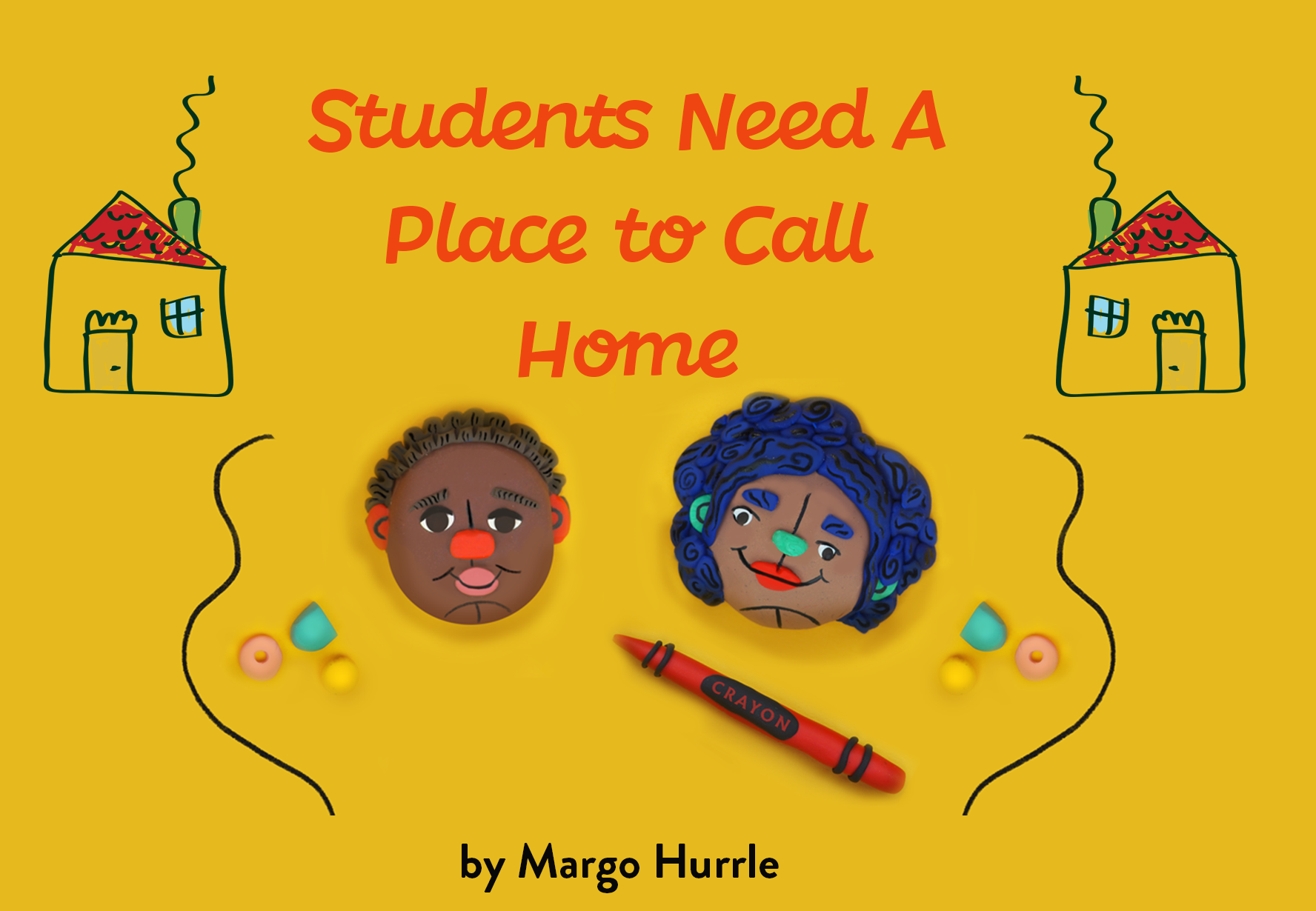

Twenty-eight years ago I was hired by Minneapolis Public Schools to work with homeless students and their families. Through the McKinney-Vento Act, the federal government asked Minneapolis Public Schools to find homeless students and remove barriers that may be preventing them from being successful. That first year we found about 50 students experiencing homelessness. Then the safety net fell, as changes in government took away many housing programs that provided stability for children. As a result, the last six years we have found over 6,000 children each year who are experiencing homelessness in Minneapolis. During the course of the 2016-17 school year, 8.2% of enrolled students in Minneapolis School District experienced homelessness. It is painfully obvious we are going the wrong direction.

Think back to yourself as a child. Now imagine not having a home to go to after school. We have school children in Minneapolis that get dropped off at a public library every day after school. They wait there for a parent to come get them, and hope their parent has found a friend that will let them sleep on the floor that night.
We have children who go to a fast food restaurant after school. The employees know them because it is where they brush their teeth and get ready for school in the mornings and where they wait for their mother to get off work in the afternoons. Then they go to their car in the parking lot and sleep as best they can until morning.
There are children who come home to a shelter or motel where the entire family lives in one room. Where there is no space for doing homework, no personal privacy, and no after school snack to grab.
We have a family that lives in a closed storefront in downtown Minneapolis, with no running water or bathroom. The mother says it is safer there than at acquaintances houses, because she can put a padlock on the room where they sleep—secure in the knowledge that her children won’t be touched by strangers in the night.
There are families who sleep on the floor of churches, in the laundry rooms of apartment buildings, and outside in the parks and around the lakes. These aren’t always temporary living situations, families may live like this on-and-off for months—or years—as they struggle to find affordable housing.
How can it ever be ok that a child does not have a home? It isn’t. Having stable housing improves children’s health, education, and connectedness to a community. According to the National Center on Family Homelessness, children experiencing homelessness have respiratory infections four times as often as other children, ear infections twice as often, gastrointestinal problems five times as often, and are four times more likely to have asthma. Poor health impacts children’s achievement and attendance in school, which leads to the feeling of not being connected to peers and school staff.
The lack of affordable housing in the metro area is an enormous barrier for homeless families. Wilder Foundation’s 2015 study listed affordable housing shortages as one of the top five reasons for homelessness.
Even if families find housing, it’s often too expensive to sustain. According to the Minnesota Housing Partnership, over 83,000 renter households in Hennepin County pay more than 30% of their income towards rent. In the Twin Cities, median rent has gone up by 6% since 2000 while median renter income has gone down by 11%. This means people are living on the edge, and having a difficult time affording other needs such as food, clothing and medicine.

Last year I got a phone call from a teacher who asked if she could talk to me about her master’s thesis on homelessness and its impact on education. I didn’t remember her name, but when she came to see me she reminded me that I had placed her in school 25 years ago—when her family was living in a shelter. After finding stable housing she focused on her education, knowing it was the way she could emerge from that experience and help other children do the same.
Our community has the money and the means to create affordable housing opportunities and end child homelessness—we just need the will to make it happen.
The possibilities are endless if our children have a place to call home.
Contributors